We’ve all had those days where all we want to do is nothing - but what comes to mind when you hear the word ‘lazy’?
Maybe it’s the opposite of being speedy, or a lack of any movement. It might even come with negative connotations - but for a lot of animals, laziness isn’t a lifestyle choice. Instead, it’s an important function that helps them live the life they’re suited to. We look at some of the biggest loungers on the planet whose stories might inspire you to take it easy.
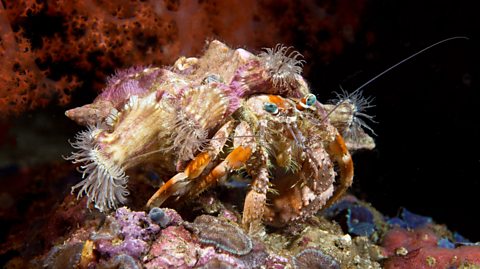
1. Embracing slow living
Sloths might be the creatures that come to mind when you think of slow and lazy - maybe you’ve even been compared to one when you just don’t fancy rushing. It’s certainly earned its title: it sleeps around 10 hours a day, climbs down from its home to go to the toilet once a week and moves at a speed of around a foot per minute, if at all. They move so slowly that entire ecosystems grow on their coats and help them stay camouflaged from faster predators such as eagles and jaguars.
But under the water lives a truly slow rider. The sea anemone has a small foot, known as a ‘pedal disc’, that helps it move at four-to-ten inches (10-25cm) per hour. There are over 1000 species of sea anemone, varying in size from a centimetre to a foot in diameter. They very rarely unlatch from their homes during their life, but might occasionally move due to unfavourable conditions or in response to predators.
Tiny anemones have been known to hitch a ride on the back of sea snails, a slightly speedier companion, or even form a mutually symbiotic relationship with crabs. The crabs provide movement so the anemone can catch more food, and the anemone’s stinging tendrils act as an extra layer of protection for the crab. It just goes to show that making a change when something doesn’t suit you is important, no matter how slow your progress - and it’s okay to ask a friend for help!
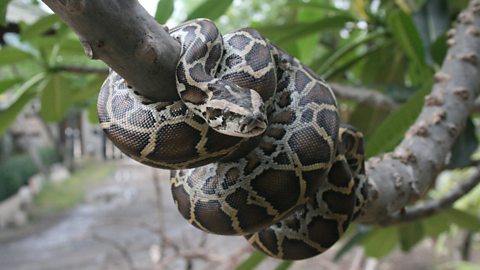
2. Being patient with yourself
The burmese python of south and south-east Asia is the largest snake in the python family. With an incredible average length of 12 ft (3.6 m) but reaching as long as 23 ft (7 m), they need to sleep 12-18 hours a day, and only eat once or twice a week as hatchlings and as little as every two weeks as adults. It’s a sit-and-wait predator, which means exactly that - it stays very still and then strikes when prey (usually much larger than itself) wanders by. However, like many rainforest snakes, they’re excellent swimmers and can stay underwater for 30 minutes.
Because shedding their long skins is such an energy-intensive task, they enter a lethargic, almost dormant state that can last up to a whole week to prepare for it. One way to take a leaf out of the python’s book is to think about conserving energy in the lead up to big events, as well as recovering afterwards. Not over-committing is an important skill to make space and time for ourselves.
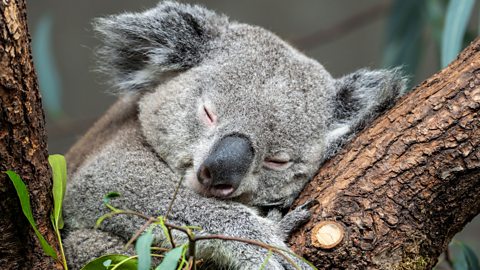
3. Prioritising rest
What’s black and white and sleepy all over? Giant panda bears are well-known for their sluggish nature, and weighing up to 120 kg, they have to eat a lot. Although they’re classed as carnivorous, their diet consists almost exclusively of bamboo shoots in the forests of China. Bamboo is low in nutrients, so they spend most of their day munching as much as 14-38 kg of it between their 10-hour naps.
But the giant panda might be out-napped by the humble koala. Koala bears aren’t actually bears, but A mammal that carries its young in a pouch., and like the panda have a specific vegetarian diet. Eucalyptus leaves contain toxins and are high in fibre, and this food of choice is hard to digest and likely to blame for their Affected by or relating to an extreme tendency to fall asleep. nature. Spending only two-to-six hours of the day awake is perfectly acceptable for koalas, but for humans it might be indicative of poor sleep hygiene.

4. Owning your laziness (and knowing when to get back up)
Many psychologists nowadays agree that having a ‘lazy personality’ as we know it is a myth. That is, just like in animals, it serves a function. So-called lazy behaviour may be a symptom of procrastination, which is often an involuntary response to a problem with motivation. People might dismiss procrastination as laziness, but it’s important to inspect what might be causing anxious or avoidant behaviour and seek support if it affects your daily life.
However the village of Brezna, Montenegro, has turned laziness into a sport. A competition to find the ‘laziest citizen’ started in 2011 and is held every year.
But before you attempt to win the title at home, know that the health of the competitors is closely monitored during the competition and remember how important physical activity is to staying healthy. It's totally okay to rest, recover and conserve energy when you need - but it's also important to know when to get back up.
This article was published in September 2023
Five fun behaviours we have in common with animals
Do animals share our creature comforts? Find out with these five fabulous animal facts.
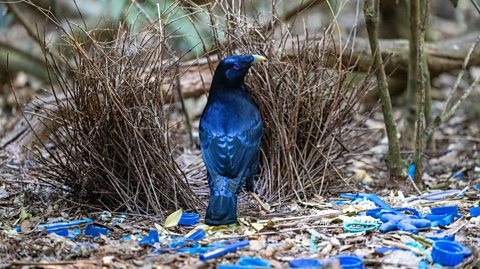
The amazing creatures that never stop growing
Discover how and why some plants and animals simply never stop growing, as long as their environment allows.
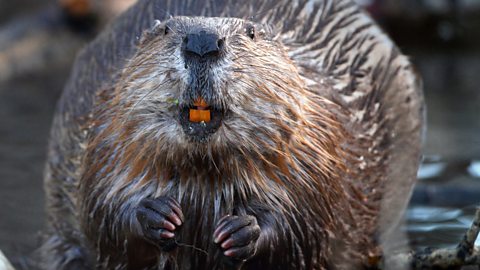
How did our ancestors get their sleep? A short history of sleeping
BBC Bitesize takes a look at the evolution of sleeping from across the centuries.
